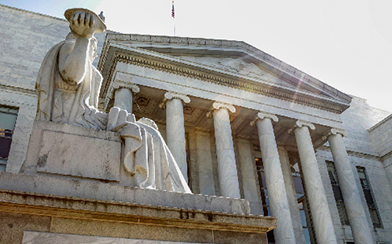
The Deficit Was Cut in Half in 2022 Thanks to the Expiration of Pandemic-Related Spending
One of the largest drivers of that rising debt is federal spending on major healthcare programs, such as Medicare and Medicaid.
The search found 161 results in 0.313 seconds.

One of the largest drivers of that rising debt is federal spending on major healthcare programs, such as Medicare and Medicaid.
An op-ed by PGPF Founder and Chairman Pete Peterson is featured today in USA Today.
https://www.pgpf.org/blog/pete-peterson-op-ed-on-greek-crisis-in-usa-today
The bill as written would move up the date we return to trillion dollar deficits by two years, to 2020.

It’s important for lawmakers to consider the many available policy options for improving that outlook.
https://www.pgpf.org/blog/2018/12/121-ways-we-can-reduce-the-deficit-according-to-cbo
A range of coverage & analysis looking at what this news means for America's long-term fiscal outlook
https://www.pgpf.org/blog/2016/01/recommended-reading-cbo-highlights-the-return-to-rising-deficits

The percentage of income that Americans pay in taxes can vary widely and depend on many factors.

The U.S. spends twice as much on prescription drugs as other comparatively wealthy nations, on average.

In 2022, America faces key questions about rising inflation, new COVID variants, growing national debt and an uncertain economic recovery. To help shed light on a complex set of factors and indicators, the Peterson Foundation brought together two leading experts for the latest edition of the Economic Forum.

Under current law, the U.S. budget deficit will exceed $1 trillion each year beginning in 2022 and total $11.4 trillion over the upcoming decade.

Budget process rules like PAYGO help ensure that fiscal considerations are an important part of policymaking.
https://www.pgpf.org/blog/2019/01/the-house-is-returning-to-PAYGO